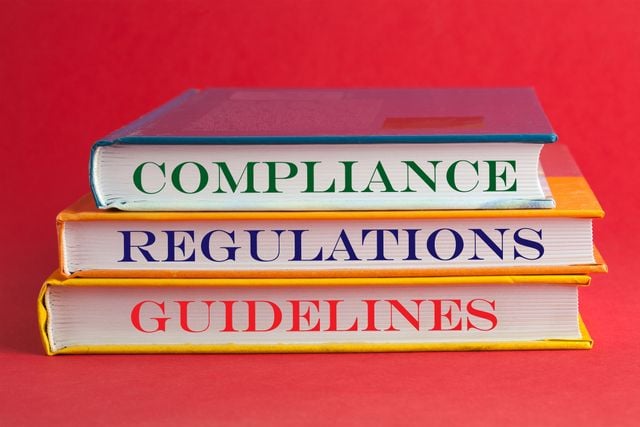This month, as part of China’s ongoing anti-corruption campaign in the healthcare sector, the State Administration for Market Regulation (SAMR) issued the Compliance Guidelines for Pharmaceutical Corporations on Prevention of Commercial Bribery[1] (Compliance Guidelines) to provide pharmaceutical and medical device companies in China with guidance on the management of anti-corruption risk. We set out some key points to note.
1. High expectations of compliance programs
Through the Compliance Guidelines, SAMR places the primary responsibility for managing anti-corruption risk on corporations, which are expected to develop compliance programs capable of detecting, mitigating, and addressing such risks in line with international best practices. The Compliance Guidelines may help to narrow the perceived gap between the compliance requirements that multinational corporations (MNCs) operating in China face under the laws of their home countries and the often-cited inadequate compliance infrastructure in domestic companies.
2. Areas of elevated corruption risk and enforcement priorities
SAMR points to elevated corruption risks in nine types of activities that companies may engage in within China, which are:
- visits to healthcare professionals (HCPs)
- hospitality
- consulting services involving HCPs
- outsourced activities
- rebates
- donations and sponsorships
- free provision of medical equipment
- clinical trials and research
- retail sales.
How, and how quickly, authorities will take action against companies that fall short of the Compliance Guidelines remains to be seen.
3. An evolving anti-corruption regulatory landscape
MNCs in China should view the Compliance Guidelines in the context of an evolving regulatory landscape. On December 25, 2024, China’s National People’s Congress published draft revisions to the Anti-Unfair Competition Law,[2] proposing to penalize bribe receivers, to raise maximum fines on corporations found liable for commercial bribery, and to introduce a new penalty that fines legal representatives and other individuals responsible for a corporation’s commercial bribery.
All of the above points to a tightening environment aimed at combating corruption. Indeed, with regulatory scrutiny on healthcare gathering momentum—particularly in areas such as medical insurance fraud and improper value transfers to HCPs—corporations in China should continue to closely monitor regulatory developments and enforcement priorities in 2025.
Additional insights
For an overview of other issues and key trends on anti-corruption and compliance in China and the wider Asia Pacific, please see our team’s recent article, “Compliance, Enforcement and Investigations in Asia – 2024 Reflections and What We’re Watching in 2025.”
About our practice
Ropes & Gray’s Asia anti-corruption & international risk team is a leading global practice with offices in Greater China and across the Asia Pacific. We regularly counsel leading multinational companies on designing global anti-corruption compliance programs and matters on whistleblower allegations, investigations, financial crime, white collar defense, diligence, anti-corruption matters, and compliance counseling in China and Asia/Asia-Pacific.
Subscribe to Ropes & Gray Viewpoints by topic here.
Disclaimer: Ropes & Gray is not authorized to practice PRC law. Ropes & Gray does not purport to advise on matters of PRC law.
_______________
[1] In Chinese characters: 医药企业防范商业贿赂风险合规指引
[2] In Chinese characters: 中华人民共和国反不正当竞争法(修订草案)
Stay Up To Date with Ropes & Gray
Ropes & Gray attorneys provide timely analysis on legal developments, court decisions and changes in legislation and regulations.
Stay in the loop with all things Ropes & Gray, and find out more about our people, culture, initiatives and everything that’s happening.
We regularly notify our clients and contacts of significant legal developments, news, webinars and teleconferences that affect their industries.



